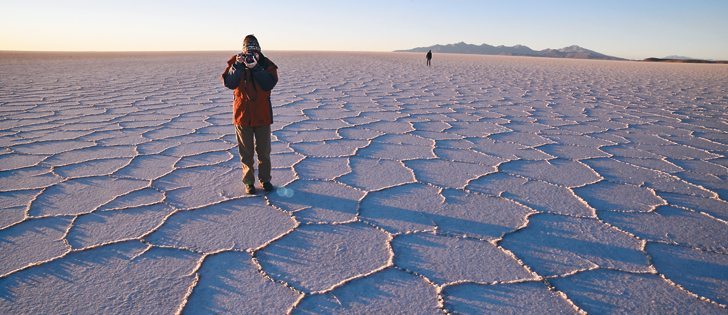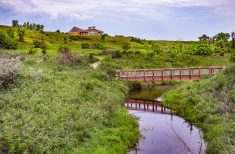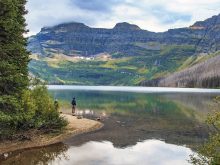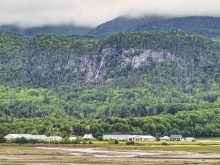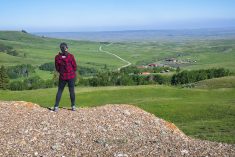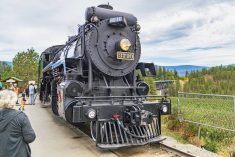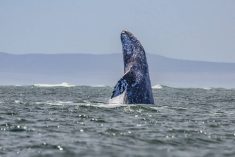The full moon cast a soft light over the world’s largest salt lake, then as it dipped below the horizon, the rising sun suddenly washed a warm glow over the brilliant white salt that had crystallized into strange polygon patterns stretching to the horizon.
While impressive, this was only one of a series of mesmerizing sights we encountered in southern Bolivia.
Noted for its other-worldly landscapes and fascinating traditional cultures, Bolivia had long been on our wish list. But the poorest country in South America was plagued by political unrest, general strikes, and other problems that dissuaded travel.
Read Also

Students urged to consider veterinary medicine
Alberta government makes $86.5 million investment in University of Calgary to double capacity for its veterinary medicine program to address labour shortages in the field.
Fortunately, the country has become fairly stable recently, so we decided that this fall was the time to go. Though off the beaten track for mass tourism, it was fairly easy to travel around, especially to the most famous places. As a bonus, we found travel costs remarkably inexpensive.
A highlight is the southwestern circuit, a route that combines Uyuni salt lake with the wild desert terrain of Eduardo Alvaro National Park. We started at the town of Tupiza in the far south, surrounded by rugged, colourful rock formations with Lord of the Rings stone spires.
Tupiza’s other claim to fame is ending the crime spree of Butch Cassidy and the Sundance Kid. The duo became infamous for their Outlaw Trail that once stretched from the Big Muddy Badlands in southern Saskatchewan to northern Mexico.
With the law hot on their heels, they escaped to South America and made a lucrative living plundering shipments from Bolivian silver mines. They finally met their end in a shootout with police and soldiers near Tupiza.
For less than $300 each, we took an organized four-day trip of the circuit, travelling with a driver/guide and cook. Gear, food, and enough fuel for the trip were strapped to the roof.
Much of the thousand-kilometre route was off-road, crossing desert sands, salt flats or bone-rattling trails. Our driver, Edwin, slowed to a crawl to negotiate sections of trail that seemed more like rock piles. We stayed in basic yet acceptable accommodations in small villages, and our cook, Mirtha, made sure that we ate well.
Much of the way we travelled at altitudes exceeding 4,000 metres, which can literally take your breath away. One day we reached 5,000 metres, stopping at a thermal area with spewing geysers and boiling mud. We walked slowly, avoiding exertion in the oxygen starved air.
Despite high altitudes and sparse vegetation, we passed a few small villages and farms where people eked out a basic living. Gone were the cattle, sheep and horses that we saw at lower altitudes.
Here, the only livestock are llamas, which originated in the high Andes and are uniquely adapted to these harsh conditions. They survive on tufts of coarse grass the consistency of wire.
Each day the landscapes became more dramatic. We crossed the Dali Desert, so named because the surreal colours of the hills resemble those used by famous painter Salvador Dali.
At the foot of an extinct volcano lies Laguna Verde, a small lake that turns emerald green when strong winds churn up minerals in the water.
Just when we thought we had seen the ultimate in kaleidoscopic landscapes, we arrived at Laguna Colorada, where algae and minerals stain the water red.
Amazingly, three species of flamingos thrive in this inhospitable environment.
They allowed us to approach quite closely, showing off their brilliant pink and white plumage as they fed in the shallow reddish water.
We had visited an exotic part of another country, but it felt more like visiting another planet.


